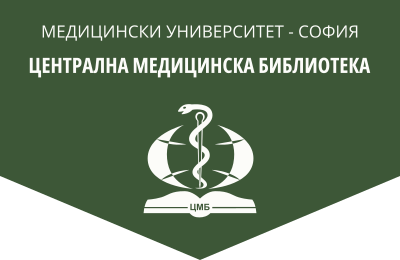Epidemiological, clinical and paraclinical characteristics of norovirus gastroenteritis
General Medicine, 2023, 25(4), 34-39.
S. M. Popov1,3, V. Velev1,4, M. Pavlova2, L. Nikolaeva-Glomb2
1 Chair of Infectious Diseases, Parasitology and Tropical Medicine, Medical Faculty, Medical University ‒ Sofia
2 NCCPD ‒ Sofia
3 Department of Infectious Diseases, MHAT “Sv. Ivan Rilski” ‒ Dupnitsa
4 SHATIPD “Prof. Ivan Kirov” – Sofia
Abstract. Until the 1970s, diagnostic techniques for infectious diarrhea were limited to the detection of bacteria and protozoa, and a specific etiological agent could be identified in a very small number of cases. However, the researchers suggest that viruses may be the cause of the majority of cases of unknown etiology. In 1972, using electron microscopy the agent Norwalk (norovirus) was isolated, and later, using the same technique, rotavirus was discovered in 1978. Norovirus is the most common viral causative agent of gastroenteritis outbreaks among adults. The aim of the present study was to characterize the epidemiology and clinic and to assess paraclinical changes in hospitalized patients with norovirus gastroenteritis. Material and methods: A total of 33 patients, with an average age of 3.66 years (15 (45.45%) male and 18 (54.54%) female) were studied for the period January 2019‒December 2022. A part of the patients received treatment in the Department of Infectious Diseases of the Hospital “St. Ivan Rilski” ‒ the town of Dupnitsa, other patients ‒ in the Specialized Hospital for Active Treatment of Infectious and Parasitic Diseases “Prof. Ivan Kirov” ‒ Sofia, and the rest were observed in outpatient settings. Microsoft Office 2010 and SPSS 19.0 programs were used to process the results. Results: Epidemiological data on sporadic cases were not found. There is an epidemic outbreak of norovirus gastroenteritis for the studied period, which occurred in a kindergarten in the village of Resilovo, Sapareva banya Municipality. A febrile reaction was recorded in three patients (9.09%) and subfebrility in one patient (3.03%). One-time and two-time events of vomiting occurred in four patients (12.12%), while repetitive vomiting was observed in 13 (39.39%) studied patients, respectively. Watery diarrhoea was observed in three patients (9.09%), and unsteady loose defecations ‒ in 12 (36.36%) subjects. The largest number of defecations ‒ four ‒ were recorded in 5 (15.15%) children hospitalized in the Specialized Hospital for Active Treatment of Infectious and Parasitic Diseases “Prof. Ivan Kirov” ‒ Sofia. Overall, 21 (63.63%) patients had vomiting, and diarrhoea was observed in 15 subjects (45.45%). Leukocytosis was recorded in five hospitalized patients (15.15%), while the remaining clinical and laboratory indicators did not show significant deviations from the norm. Conclusion: We registered the disease primarily in childhood, with the main contingent of hospitalized patients being children between one and three year old.
Key words: noroviruses, gastroenteritis, loose defecation, watery defecation, vomiting
Address for correspondence: Metoti Borislavov Popov, MD, e-mail: metodi_b_popov@abv.bg
